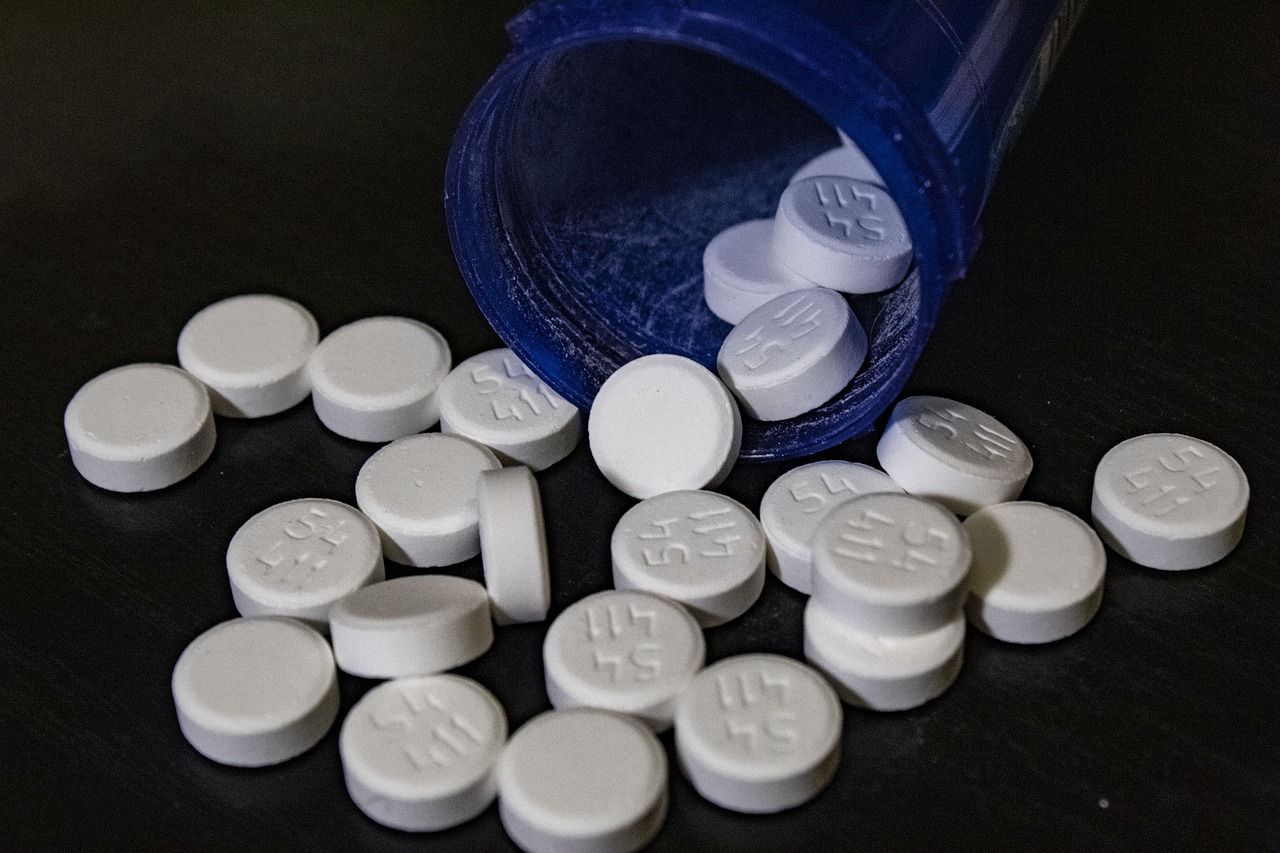
The opioid epidemic has become a significant public health crisis, affecting millions of individuals worldwide. Amidst the challenges of opioid dependency, harm reduction strategies and innovative treatments have emerged. One such treatment gaining prominence is the use of Suboxone. In this comprehensive blog post, we will delve into the role of Suboxone in harm reduction and its effectiveness in treating opioid dependency.
Opioid dependency is a complex medical condition characterized by the physical and psychological reliance on opioids. Prescription painkillers and illicit substances such as heroin are common sources of opioid dependence. The consequences of opioid dependency include a range of health issues, social challenges, and a heightened risk of overdose.
Harm reduction strategies aim to minimize the negative consequences associated with drug use without necessarily requiring abstinence. In the context of opioid dependency, harm reduction seeks to decrease the health risks, social stigma, and overall burden on individuals and communities.
Suboxone is a medication approved by the U.S. Food and Drug Administration (FDA) for the treatment of opioid dependency. It is a combination of two active ingredients: buprenorphine and naloxone. Each component plays a crucial role in the effectiveness of Suboxone as a harm reduction tool.
Buprenorphine, the primary opioid component in Suboxone, is a partial opioid agonist. Unlike full agonists such as heroin or methadone, buprenorphine activates opioid receptors in the brain to a lesser extent. This partial activation helps to reduce cravings and withdrawal symptoms without producing the intense euphoria associated with other opioids.
Naloxone, another key component in Suboxone, is an opioid receptor antagonist. Its inclusion in the medication serves as a safeguard against misuse. If someone attempts to misuse Suboxone by injecting it, the naloxone component can precipitate withdrawal symptoms, discouraging such behaviors.
Numerous studies and clinical trials have demonstrated the efficacy of Suboxone in the treatment of opioid dependency. Its unique combination of buprenorphine and naloxone addresses various aspects of opioid addiction, making it a valuable tool in harm reduction strategies.
One of the primary benefits of Suboxone is its ability to alleviate cravings and withdrawal symptoms associated with opioid dependency. By occupying opioid receptors in the brain, Suboxone helps individuals transition from more potent opioids to a stable and controlled medication.
The inclusion of naloxone in Suboxone not only deters misuse but also reduces the risk of overdose. Opioid overdoses are often fatal, and Suboxone's safety features make it a crucial intervention in preventing life-threatening situations.
Suboxone is available in various formulations, including sublingual films and tablets. This flexibility in administration contributes to improved treatment adherence, allowing individuals to integrate medication into their daily routines more effectively.
While Suboxone has proven effective in harm reduction and opioid dependency treatment, several considerations and challenges warrant attention.
The response to Suboxone can vary among individuals. Factors such as genetic makeup, co-occurring mental health conditions, and the severity of opioid dependency can influence the effectiveness of Suboxone treatment.
Despite its benefits, Suboxone and other medication-assisted treatments face stigma and misconceptions. Some individuals may view these medications as simply substituting one addiction for another, contributing to reluctance in seeking or adhering to Suboxone treatment.
Suboxone is most effective when integrated into a comprehensive treatment plan that includes counseling, behavioral therapy, and support services. Addressing the underlying causes of opioid dependency enhances the overall success of harm reduction strategies.
The legal status of Suboxone varies across countries and regions. Access to Suboxone treatment may be restricted, requiring individuals to navigate regulatory frameworks and healthcare systems to obtain the medication. Advocacy for improved accessibility is crucial to ensure that Suboxone is readily available to those who can benefit from it.
Suboxone plays a pivotal role in harm reduction and the treatment of opioid dependency. Its unique combination of buprenorphine and naloxone addresses the multifaceted challenges associated with opioid addiction. As part of a comprehensive treatment approach, Suboxone offers individuals a path towards recovery by reducing cravings, minimizing withdrawal symptoms, and lowering the risk of overdose. Despite existing challenges, the increasing recognition of Suboxone's effectiveness underscores its potential to contribute significantly to harm reduction efforts and improve the lives of those affected by opioid dependency. Advocacy, education, and ongoing research are essential components in furthering the integration of Suboxone into holistic approaches to opioid dependency treatment.
Comments